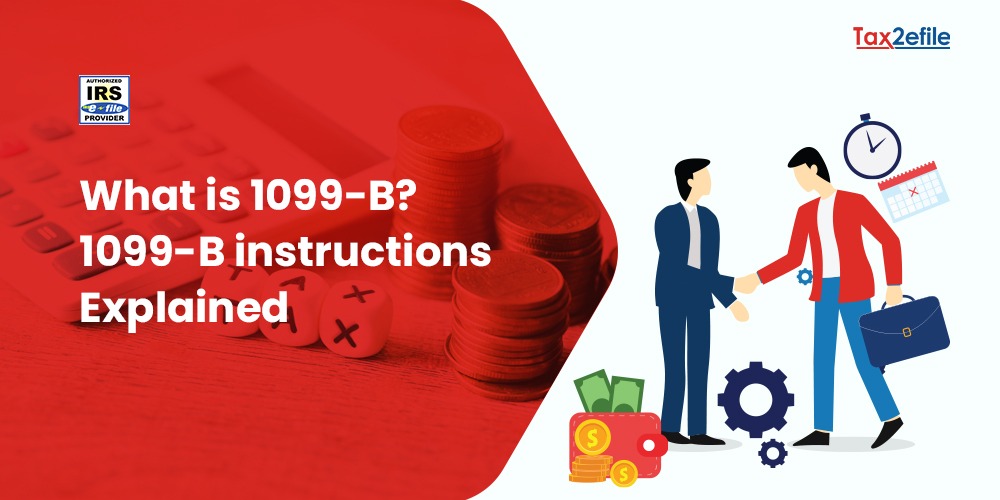- November 11, 2021
Form 1099-INT is the Form for reporting the interest income with the IRS. Those who pay interest income to the investors use this Form to report the same at the end of the tax year. The Form offers a detailed definition and breakdown of all types of interest income of taxpayers and other relevant expenses. Form 1099- INT should be issued for all parties to whom an interest of at least $10 is paid during the tax year. T his Form is generally used by banks, mutual funds firms, brokerage firms, and other financial institutions and it has to be sent to the IRS before January 31st of the tax year.
Table of Contents
Definition of Interest Income – What is 1099-INT
Interest income is the money paid to an entity for lending its money or allowing an entity to use its funds. Interest income is also the money earned by the investor through an investment project. When the taxpayer borrows the money from the financial institution, the lender will charge them interest on their loans. The interest charged represents a cost of borrowing to the fund seeker, who could be an individual, a business, or even a government agency.
Businesses and federal governments can borrow money from their investors by issuing bonds and similarly individuals and businesses can borrow money through loans from banks. While borrowing money, they have to pay interest as compensation for using their funds. The interests that are received by the investors and the lenders are considered as taxable income and should be reported with the IRS through Form 1099 interest income.
Generally, banks, brokerage firms, mutual funds firms, and other financial institutions that lend and offer money are required to file Form 1099- INT for interests over $10, paid during the tax year. The Form should be reported to the IRS and sent to each of the recipients by January 31st. The recipients of Form 1099- INT need not pay income tax on the interests that the payer reports, but they are required to report their returns with the IRS. The Revenue Service will use the information submitted through the Form to ensure that the interest earner has reported the correct interest income on their tax returns.
Who should file Form 1099- INT
Form 1099-INT should be filed by every person to whom the financial institution paid an amount of at least $10 or at least $600 of interest paid during the course of the business or trade. It should be reported by those for whom the financial institution withheld or paid foreign tax on interest. It should also be retired by those, to whom the financial institution withheld the federal income regardless of the amount of payment under the rules of backup withholding. The Interest amount reported on Form 1099- INT will include the interests paid
- On bank deposits
- On accumulated dividends paid by an insurance company
- Debentures bonds, certificates, and notes, other than those of the treasury
- Amounts on which the federal or foreign tax was withheld.
Interest accrued by a real estate or mortgage firm, amount collected by an investment trust, collateral debt obligation holder will also be reported in Form 1099-INT. This Form reports the interest that is paid as cash. The amount that is owed and not paid is not required to be reported.


